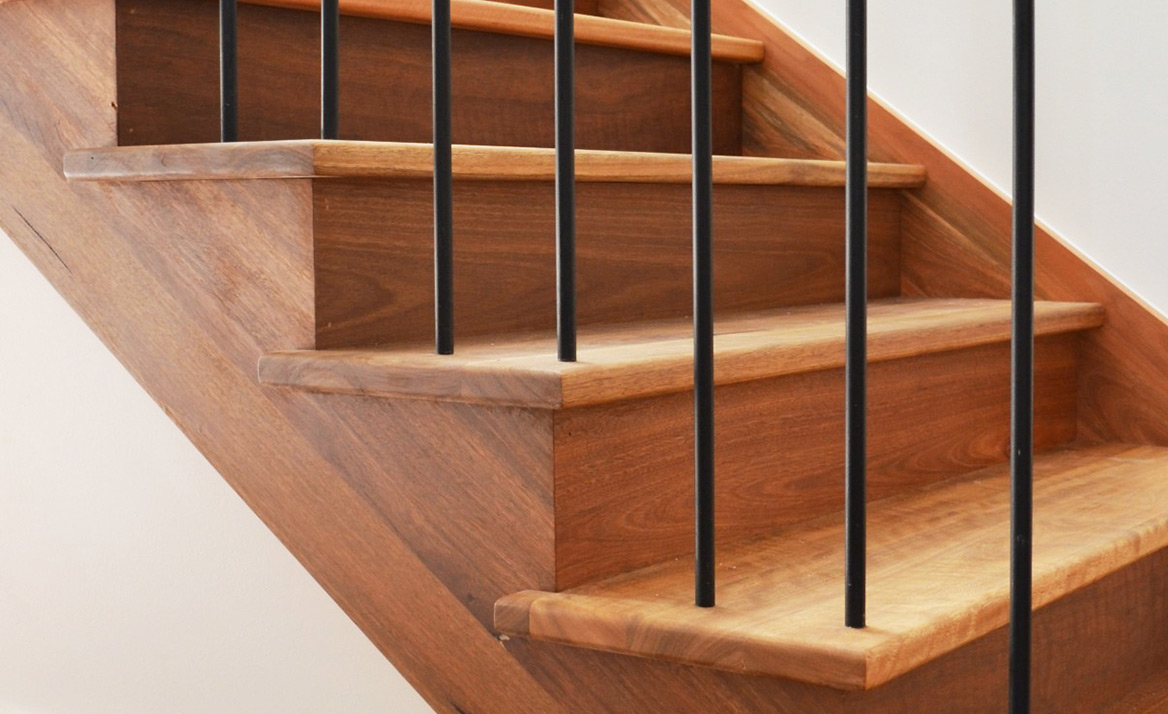Showroom visits are by Appointment Only

Blog
Choosing The Best Staircase Nosing Style
Not to be confused with roughened strips that are added to treads in public and commercial areas to provide extra grip, staircase nosing in residential applications is the name given to the very front of the treads (also known as stair edging). The nosing is an essential design feature of the staircase, as it enhances the look of the steps as well as helps to prevent slips and falls.
Ensuring that you have selected the right staircase nosing style can be challenging, particularly if you have very little experience with such design features. Although choosing the wrong type of nosing will not be all that disastrous – the stairs will still work fine after all – you could find that the appearance of your stairs is what suffers.
.jpg)
In the list below, we have taken a closer look at the three different styles that we offer to help you reach a decision:
- Pencil Round
This nosing gets its name from the fact that it resembles a sideways pencil – the corners are slightly rounded (no sharp edges) with the face being flatter. It is a common choice for traditional staircases, but is also growing in popularity for more contemporary styles. It’s also a popular choice for homeowners with children, as the rounded edges are a bit more forgiving when the kids stumble or roughhouse.
- Square
Although this nosing is called square, the edges are slightly rounded to ensure that they aren’t too sharp. This actually affords them a little protection against nicks and dents from shoes traipsing up and down them all day. It is a common choice for modern and contemporary staircases, as it can provide the steps with a sense of definition and structure that strikes an imposing image.
- No Overhang
This nosing sits flush with the riser below it, giving the impression that there isn’t any nosing at all and that a single continuous piece of timber has been used. Decorative elements, such as shadowlines, can also be added. Many homeowners choose this style when they want to completely eliminate potential tripping hazards. It is a common choice for classic and contemporary staircase styles because it is so unobtrusive. The only disadvantage with this style is that your tread ends up being slightly smaller due to the loss of the nosing projection.

All of these staircase nosing can be carpeted or left in their natural timber state, ensuring that you can achieve the exact look you are after. It should be noted, however, that pencil round and no overhang best lend themselves to carpeting – although you can carpet square, you may notice some more pronounced curving to the edges and that the lines are less sharply defined.
As you can see, the staircase nosing is an integral part of your overall design – not something that should be left to the last minute or forgotten about all together. If you’re not sure which of these nosings will best complement your staircase or you have any questions, please contact the team at Gowling Stairs – we are more than happy to walk you through the process.